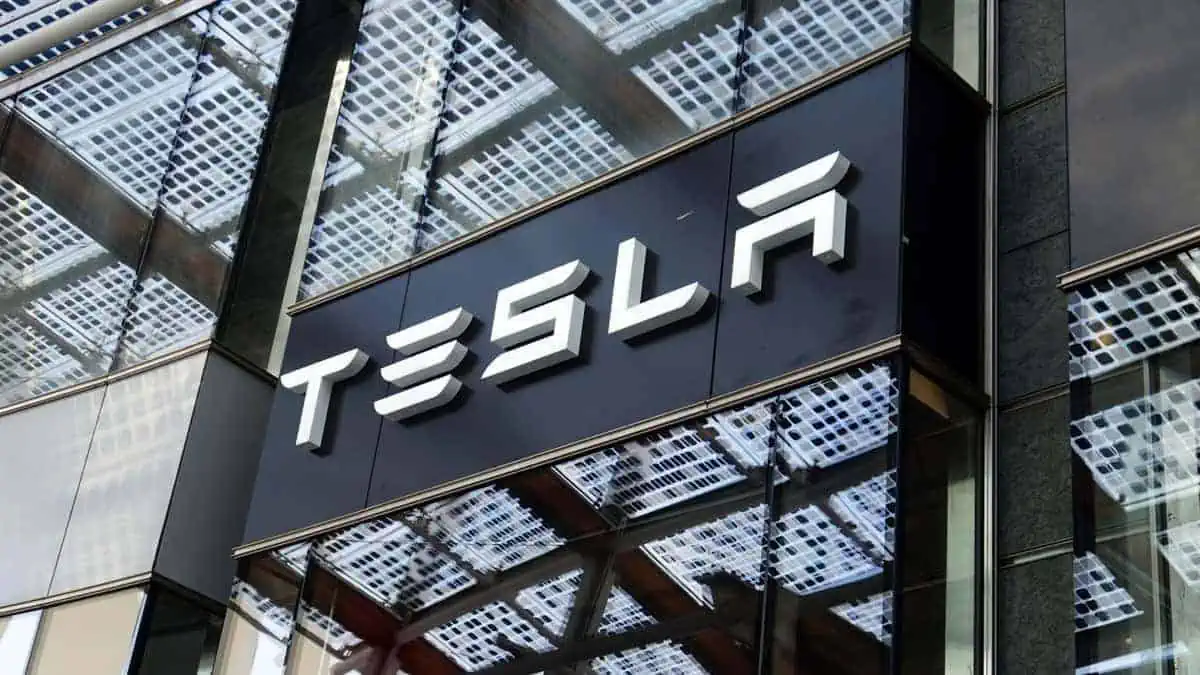Some may believe that the US federal tax credit of up to $7,500 is the main reason why electric vehicle costs are declining. Apart from that, American EV giant Tesla has also been employing price cuts as it increases its market share.
However, the lowered EV prices are mostly due to auto firms’ efforts in refining EV tech. They introduced new production processes that substantially lowered operation costs, among others. Furthermore, the anticipation for new EV models will significantly make them cheaper and more widespread.
Tesla to introduce its cheaper EV
Among the highly anticipated EVs is Tesla’s $25,000 model. It is indeed a remarkable move, as Tesla is known for its luxury and pricey offerings.
“For Tesla to go mass-market, they have to have a cheaper car.
And mass market is the holy grail.”
Wedbush analyst Dan Ives via CNBC
Ives believes this upcoming Tesla EV will be a small luxury car similar to an Audi A3 ICE car with a starting price of $35,400.
As of now, Tesla Model 3 is the automaker’s cheapest offering, with a base price of $41,990 MSRP. Meanwhile, its rivals, Chevy Bolt, Bolt EUV, and Nissan Leaf, are marketed with a base price below $30,000. According to Edmunds, however, the average sales prices for both in March were still higher than $30,000, and for the Leaf, they were higher than $34,000.
Fortunately, cheaper EVs of over 60 units are among the numerous electric models that will arrive in the market in the following years, per CNBC.
Key issues facing automakers in low-cost EVs
The advent of the affordable EV poses several issues for the auto industry, such as the following:
- Where they can reduce costs from production lines quickly as required,
- how quickly they must act to establish a competitive advantage over competitors who are entering the bottom end of the market
- If the cost-cutting measures that EV-only businesses Tesla and Fisker are asserting spread to more expensive vehicles, thereby decreasing or managing their pricing to customers
But right now, the most important question is: Will buyers find an EV at these costs, and do they intend to purchase it?
“Think [Toyota’s gasoline-powered mainstay] Corolla and other entry-level vehicles. There’s nothing wrong with having a basic car as a first car. It’s a reasonable expectation to have a lower feature point.”
Stephanie Brinley, S&PGlobal Mobility’s associate director of research
How would Tesla lower prices for its upcoming EV?
Tesla explained during Investor Day that it would lower unit production costs, which are already 50% lower than previous levels.
Apart from that, the automaker claims that offering the highly awaited cheaper EV will be possible through the following factors:
- new and larger production plants
- battery architecture for double-duty EV batteries as the floor
This new process enables Tesla to skip previously significant steps, such as door removal after painting for interior part installations. Therefore, Tesla’s new power train plants offer 65% cheaper costs.
Tesla maintains that further cost reductions will be achieved through vertical integration, in which it designs its own batteries as well as a significant portion of its manufacturing machinery and software.
The cost of drive units comprising the electric motor has been pushed down to $1,000 due to the company’s efforts.






